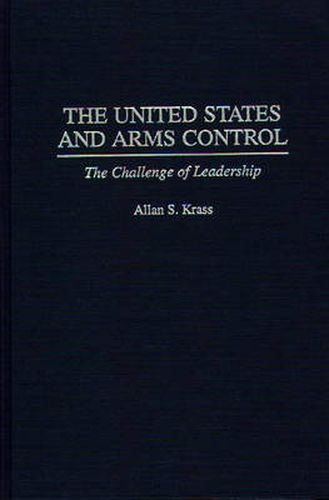Readings Newsletter
Become a Readings Member to make your shopping experience even easier.
Sign in or sign up for free!
You’re not far away from qualifying for FREE standard shipping within Australia
You’ve qualified for FREE standard shipping within Australia
The cart is loading…






The United States has committed itself to an unprecedented number and variety of arms control and nonproliferation obligations in the past decade. At least ten major new agreements have been signed since 1986, and some of them have now been in force for several years. After a brief review of Cold War arms control and the lessons to be learned from it, the book surveys the commitments the United States has made during the past decade across the full spectrum of arms control, including nuclear, conventional, chemical, and biological weapons. It describes the bureaucratic structure the United States has created to implement its own commitments and to verify that other countries are complying with theirs. The book then analyzes the costs and benefits of the new regimes, the persistent problems encountered in managing them, and the causes and appropriate responses to incidents of noncompliance. It concludes with an argument for continued U.S. leadership in international arms control.
$9.00 standard shipping within Australia
FREE standard shipping within Australia for orders over $100.00
Express & International shipping calculated at checkout
The United States has committed itself to an unprecedented number and variety of arms control and nonproliferation obligations in the past decade. At least ten major new agreements have been signed since 1986, and some of them have now been in force for several years. After a brief review of Cold War arms control and the lessons to be learned from it, the book surveys the commitments the United States has made during the past decade across the full spectrum of arms control, including nuclear, conventional, chemical, and biological weapons. It describes the bureaucratic structure the United States has created to implement its own commitments and to verify that other countries are complying with theirs. The book then analyzes the costs and benefits of the new regimes, the persistent problems encountered in managing them, and the causes and appropriate responses to incidents of noncompliance. It concludes with an argument for continued U.S. leadership in international arms control.